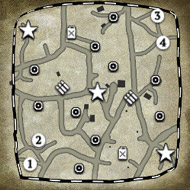Introduction
Given its size, scope and the magnitude of her losses Hungary's participation in the war remains obscure in the West - at least in part reflecting the fact that her fighting was all on the Eastern Front and she never faced Western troops. Yet she suffered approximately 300,000 deaths in combat - slightly less than Italy, the UK or USA and out of a much smaller population.
For that reason alone she counts a "Forgotten Nation" and her story is especially interesting in comparison to more well-known Nations like Finland and Italy that also first fought alongside Germany and later sought to extricate themselves from the conflict with varying degrees of success. The development of Hungarian Armour is also of note as she was the only one of Germany's Eastern allies with a substantial industrial base and armour development of her own
Prelude:
Like Germany, Hungary had lost much at the end of the First World War. The Treaty of Trianon stripped her of around two thirds of her territory and population. Further, her status had declined if anything more than that. She had had much more power as half of the dual Austro-Hungarian monarchy than her population strictly merited and had been a multi-ethnic state with a millennia of history in which Magyars were a slim majority. She was now reduced to a small rump, having lost her frontier regions and substantial Magyar populations to new creations such as Yugoslavia and Czechoslovakia, rivals such as Romania and hemmed in by the Little Entente of those countries, backed by France.
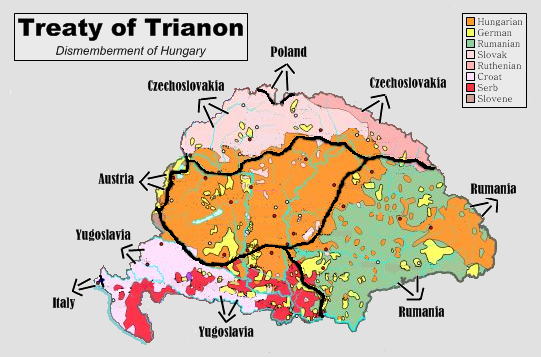
As in Germany the political situation in the immediate post-War period was chaotic, but after a short-lived Communist regime and a Romanian invasion a stable regime was eventually formed under Admiral Miklós Horthy - the last commander of the Austro-Hungarian navy. This was formally a monarchy, but neither the Little Entente nor the victorious allies would permit a Hapsburg Restoration. Accordingly Horthy took the title of Regent and Hungary became a Monarchy without a Monarch, ruled by an Admiral without a Navy - or even a coastline.
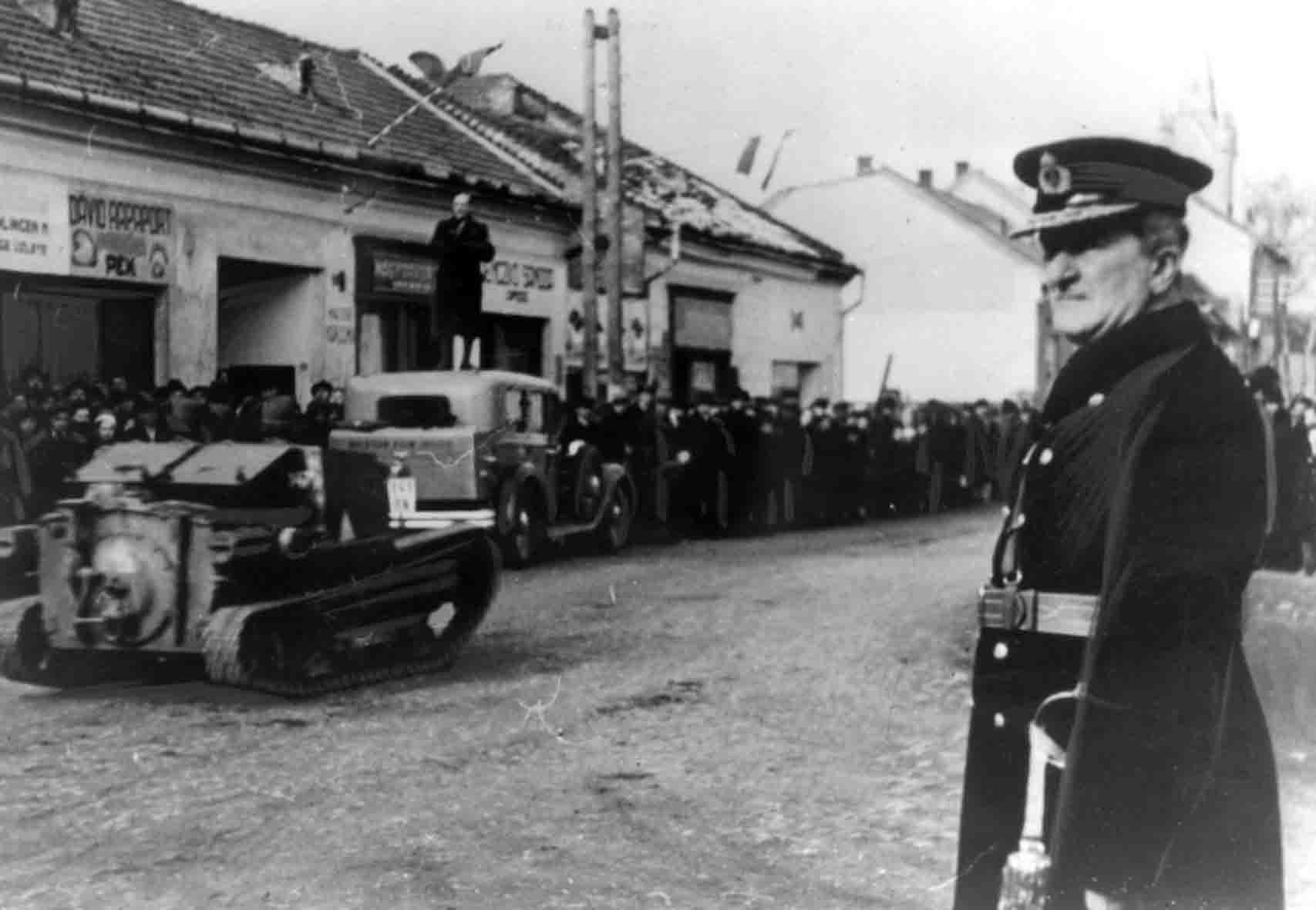
It was more or less inevitable that Hungary would end up aligned with the discontented states such as Germany and Italy that wished to revise the post-war settlements. As such she would gain a slice of Czechoslovakia in the aftermath of the Munich settlement (First Vienna Award) and even fight a brief border war with Slovakia. Nevertheless she had no quarrel with Poland and had enjoyed previous good relations. So she not only remained neutral when war broke out but refused Germany permission to cross Hungarian territory to engage Poland - thus allowing Polish units to escape into Hungary and Romania.
What she really wanted however was Transylvania, which currently belonged to the Romanians. They however were in a perilous position after the collapse of their French ally in June 1940 and had already ceded territory to Stalin and to Bulgaria. The Second Vienna award would give Hungary less than what she had first asked for, but still a substantial area with a significant Romanian population.
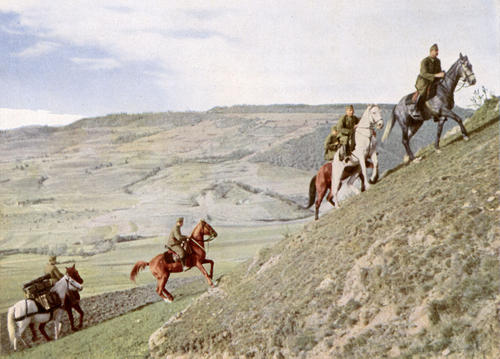
This still left Yugoslavia, it was hoped that the Yugolsavs would agree to a peaceful settlement and indeed the Hungarian Prime Minister, Pál Teleki, would sign a Non-Agression Pact and Treaty of Friendship with Yugoslavia as late as December 1940. However in the aftermath of the Belgrade coup of March 1941 Hitler was determined to invade Yugoslavia to remove the new pro-British regime and Hungarian cooperation was required. Teleki was unable to prevent this and accordingly committed suicide. This had no practical effect whatsoever but did earn him Churchill's lasting admiration. Horthy meanwhile argued that as Croatia had announced secession, Yugoslavia no longer existed and any agreements were now invalid...
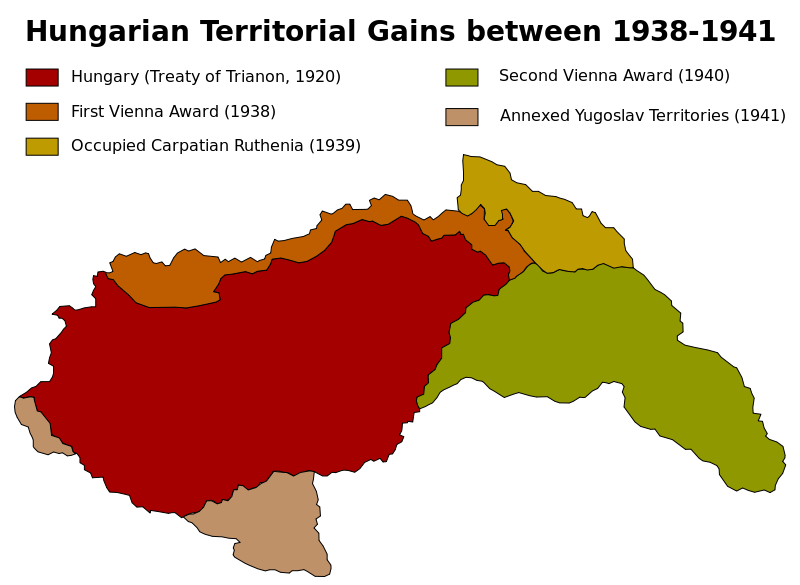
1941-43
Hungary had no dispute with the Soviet Union, other than a generic dislike of Communism. However 4 days after Barbarossa began three bombers with Soviet markings attacked Hungarian border towns causing 258 casualties. Who was actually responsible remains unclear and Germany, Romania and Hungary all had plausible reasons for running a false flag operation. What was clear was that Hungary now had causus belli and sent a Corps of 45,000 across the border into Ukraine. Only the Rapid Corps (Gyorshadtest) would continue the advance, the infantry settling into occupation duties. However the Rapid Corps would return to Hungary in November having lost most of its armour through combat and mechanical failures, though many of the tanks were later recovered.
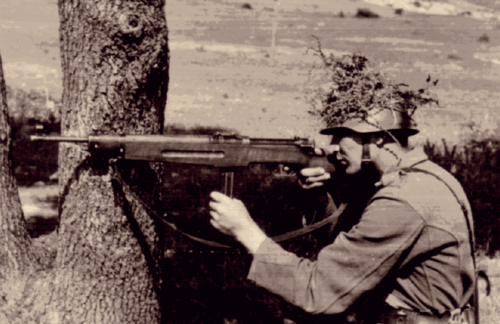
As such the Royal Hungarian Army (Magyar Királyi Honvédség) would not suffer from the Soviet Counterattack in the Winter of 1941; however politics would soon force a deeper commitment. The Romanians had promised two armies to support German offensives in 1942, forcing Horthy to follow suit lest Hitler reverse the 2nd Vienna award and return Northern Transylvania to Romania. As such Hitler was able to play off his Allies against each other and embroil them deeper into a Campaign they had no real interest in pursuing. In time this would lead to morale issues in both countries as neither Hungarian nor Romanian troops could see what they were fighting for.
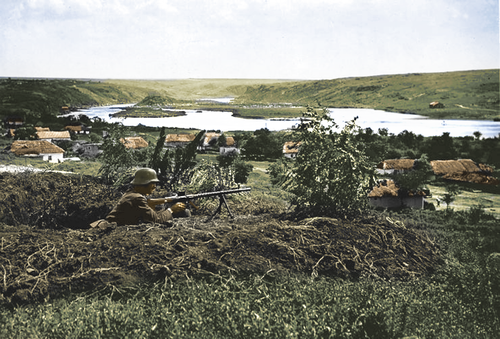
The Treaty of Trianon had imposed similar restrictions upon the Hungarian military to that the Versailles settlement had on the Reichswher - severely limiting numbers and equipment. And, like in Germany, much effort was devoted to subvert them. However Conscription was only reintroduced in 1938 and the Airforce (Magyar Királyi Honvéd Légierő) officially announced the same year - in both cases 3 years later than Germany. Hungary also lacked Germany's Industrial Base and the benefits she had gained from the pillage of her conquests of 1938-40.
Nevertheless she agreed to send the best of her 3 Armies, the Second, to support Case Blue. First and Third being kept back to build up, conduct anti-Partisan operations in occupied Yugoslavia and glower at the Romanians across the Carpathians. Even 2nd Army was not an especially formidable force, consisting of the one Armoured division the Hungarians had available and 9 light divisions. Each light division being little more than a reinforced brigade with roughly half the strength of a German infantry division, even more deficient in artillery and with a paucity of anti-tank capability.
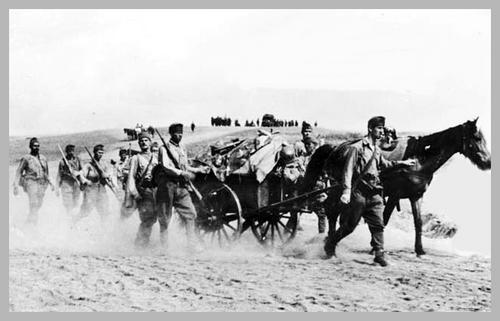
2nd Army would advance to the Don, where their inadequate AT capability was duly recognised and urgent correction sought. There they would remain, holding 130 miles of front and fending off local counterattacks; the leftmost of the 3 Allied Axis armies on 6th Army's flank (2nd Hungarian, 8th Italian and 3rd Romanian). At least part of this deployment being intended to keep the Hungarians and Romanians away from each other...
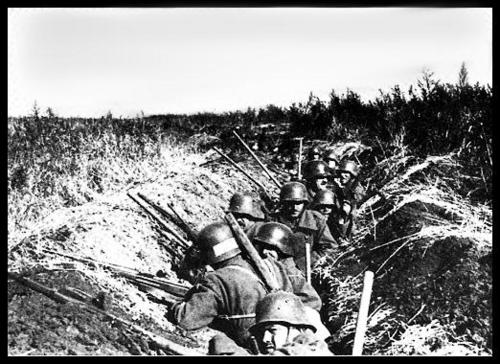
The Romanians would be routed in Operation Uranus in November and Stalingrad encircled, the Italians smashed in Little Saturn in December. The Hungarians' turn would come in January in the Voronezh-Kharkov Strategic Offensive Operation. 2nd Army was neither equipped nor prepared to prevent a breakthrough by a mechanised force in severe winter weather and even less able to fight a mobile battle under such conditions. While men and units fought well, some very well, they were simply outmatched and division after division would be destroyed. Only 1st armoured division would partially extricate itself albeit with only 6 surviving tanks.
The remains of 2nd Army returned to Hungary in early 1943 and Hungary would send no further troops to the Eastern Front, confining her operations to Occupation duties in the rear
1944
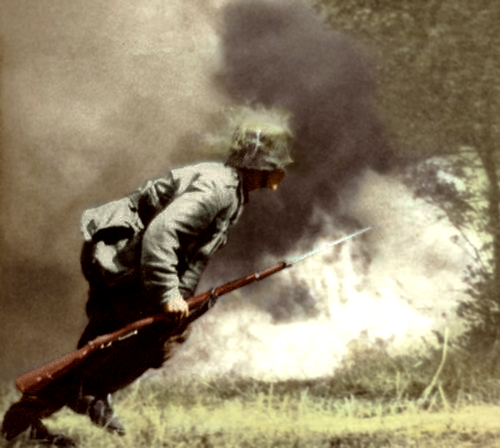
However if Hungary was no longer sending troops to the Eastern Front, the Eastern Front was coming towards Hungary. Whilst Hitler still clung to hopes of victory, a second Miracle of the House of Brandenburg or at least would settle to drag his country into Gotterdammerung; almost all of his European allies took a far more pragmatic viewpoint and recognised the war was lost. Horthy then faced the problem that every other European ally of Hitler would face, how to extricate yourselves from the war without suffering a total disaster.
This was going to be difficult, do it before the Red Amy arrives and you risk your former allies turning on you. However if you leave this until the Red Army are inside your borders, you will not find them receptive to your efforts and your country will have become a battleground. And, of course, the precedent set in Italy in 1943 suggests that even if you want to surrender Hitler will replace you with someone who doesn't.
Hungary was also at war with Britain and the US, though it had taken 6 months for the US to reciprocate Hungary's declaration of war, and sought to negotiate with them to find a way out of the war - though all that had thus far resulted as an agreement that they would not Bomb Hungary if Hungary did not interfere with their efforts to bomb anyone else.
Hitler, frustrated by Horthy's unwillingness to send further troops to either the Eastern Front or Serbia, and well aware of Hungarian war-weariness, decided to take pre-emptive action. He invited Horthy to Salzburg for talks, and during his absence from Hungary launched Operation Margarethe to move troops in. Upon his return and finding German soldiers waiting for him Horthy was obliged to appoint a more pro-German Prime Minister and abandon his attempts to leave the war for the time being.
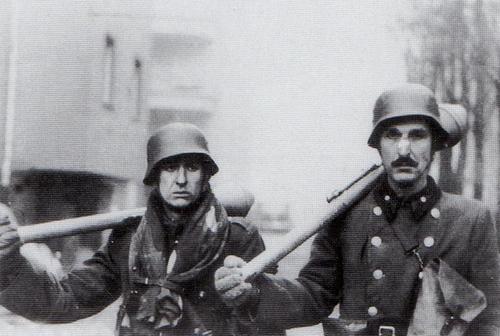
1944 would turn into a disastrous year for Hungary. In April the Western Allies would resume air attacks on Hungary, much worse Adolf Eichmann would arrive to oversee the deportation and extermination of Hungary's Jewish population. Whilst Hungarian Jews had been subject to discrimination and oppression the Holocaust had thus far largely stayed out of Hungary, now the Nazis would bring all their grisly expertise and experience to the matter.
The war meanwhile continued to go further and further against the Axis, and as the Red Army rolled back towards its 1941 borders with victory after victory the rest of Hitler's Eastern allies would seek to pull off what Horthy had thus far failed to do. In August Romania would swap sides and the Slovaks launch a failed National uprising. In September Bulgaria, having prudently avoided declaring war on the USSR in the first place, would declare war on Germany. Finland too would swap sides, but successfully avoid occupation by the Red Army.
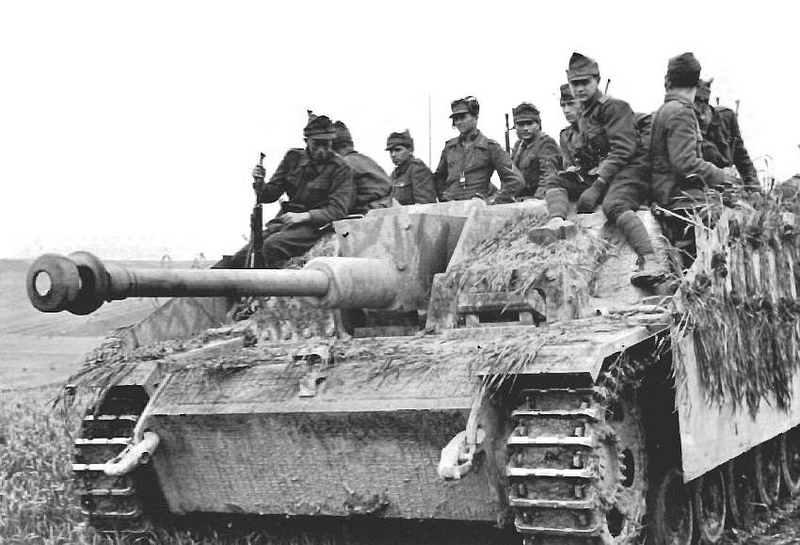
Accordingly at the end of September Horthy sent a secret mission to Stalin to seek an Armistice. Stalin was not unreceptive but called for a return to Hungary's 1938 borders and for her to declare war on Germany. Informed by the SS Intelligence (Sicherheitsdienst) of what was in the offing Hitler again intervened. For Operation Panzerfaust he called upon the man whose career had already seen him free Mussolini and try to kill Tito - Otto Skorzeny. In October Skorzeny kidnapped Horthy's surviving son the same day he announced the armistice. The armistice was repudiated and Skorzeny would drive 4 King Tigers into Buda castle to capture Horthy. He would later be forced to abdicate in exchange for a promise that his sons life would be spared.
Nemesis
The new regime would be led by the indigenous Hungarian fascist party, the Arrow Cross, and their leader Ferenc Szálasi. Deportations of Jews had stopped under International pressure, the new regime would attempt to renew them but with Hungary now firmly in the front line and Hitler's Europe disintegrating on all sides this was largely impossible and more traditional methods of barbarism had to be employed.
Hungarian forces, now fighting intermingled with the Heer, would see some local successes against Soviet spearheads, but suffered heavy losses they were unable to replace and the Red Army and it's new allies would push onto Budapest in the winter of 1944-5, encircling it in December and finally taking it in February an operation that in duration, scale and cost is comparable to Stalingrad.
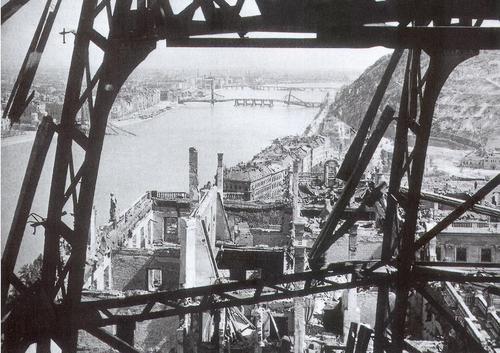
Hungary's oil reserves around Lake Balaton in the West of the Country were almost the last source available to Hitler and it was here that the last German offensive of the war was launched. After the failure of the Battle of the Bulge many of the surviving units, including 6th SS Panzer Army, would be committed to Operation Frühlingserwachen (Spring Awakening) in March. However, as at Kursk the Soviets were forewarned and prepared and the German attack would be repulsed and the remaining Hungarian forces dispersed and destroyed in the counterattack
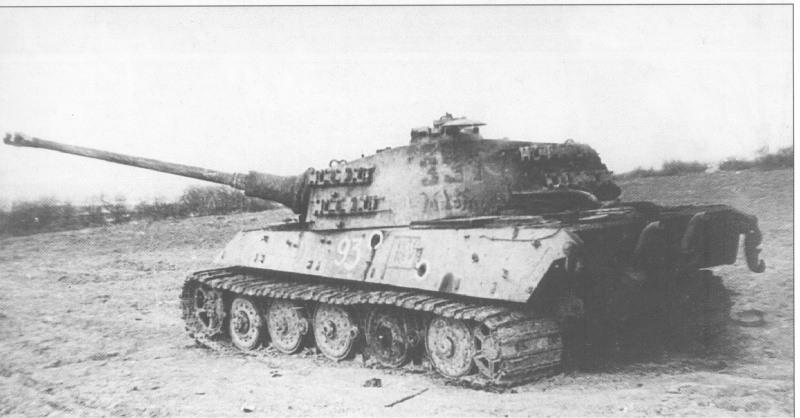
Aftermath:
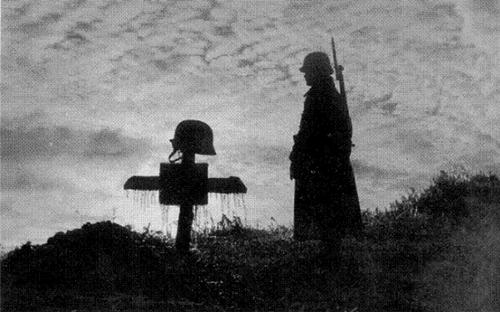
Out of a population of 9 million at the start of 1939, Hungary would suffer maybe 300,000 deaths in combat. Estimates of civilian losses and exterminations vary, as much of the Jewish and Roma population killed was not inside Hungary's 1938 borders and some Jews would be conscripted into the army for forced labour and in some situations count also as combat losses. However the lower bound is around 220,000 Jews and 30,000 Roma in the Final Solution and 45,000 from other causes.
Besides the immediate human cost, Hungary would finish the war as a shattered battleground under Soviet Occupation and go onto experience the greatest hyperinflation in history before losing all her gains of 1938-41 in the 1947 Peace Treaty.
Many of Hungary's Generals and Politicians would be tried and executed after the war, including Szálasi. Others would be persecuted as the Communists took over. However Horthy, after his release from German captivity in May 1945 and his appearance as a witness in the Nuremburg trials would die in exile in Portugal in 1957. His remains were repatriated in 1993 and he remains a controversial figure.
Armour Development
39M Csaba
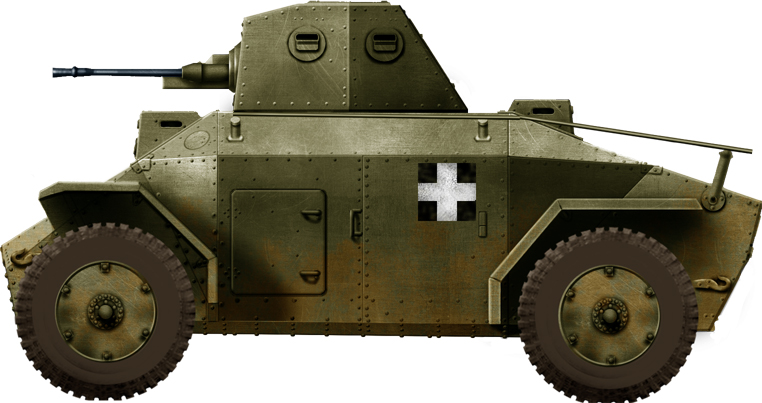
An armoured car designed by Anglo-Hungarian inventor Nicholas Straussler - who would later go on to develop the floatation screen that made DD tanks possible. It was adopted in 1939 and 102 were eventually built. The turret mounted a 20mm Long Solothurn anti-tank rifle with a coaxial MG with another MG on a detachable mount for ground and anti-aircraft use.
Up to 4 crew could be carried: Commander, Gunner and two Drivers. The second driver had a backwards facing seat to enable a swift withdrawal from unpleasant situations. Reconnaissance duty frequently comes down to moving forward until people start shooting at you; when they do is not generally a good time to try to either turn or reverse a 6 ton vehicle on a narrow road.
It can considered roughly equivalent to the Sdkfz 222 though heavier, slightly bigger and better armoured.
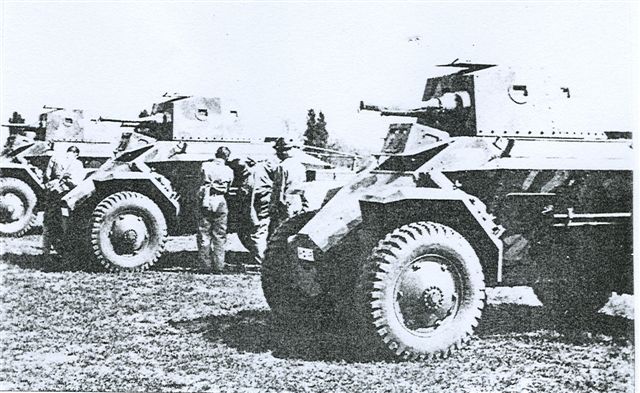
Toldi
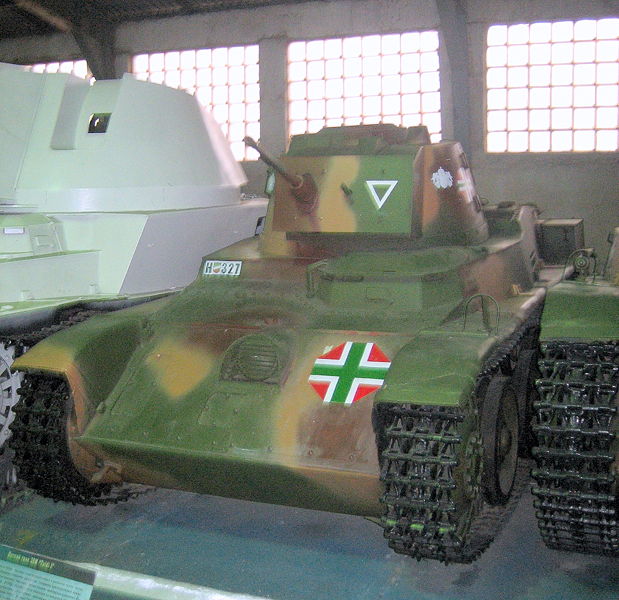
A licenced development of the Swedish Stridsvagn L-60 (also sold to Ireland and the Dominican Republic - neither of which are ever likely to feature in Forgotten Nations). It mounted the same 20mm gun as the Csaba and a crew of 3 and was considered very nimble. Both Toldi I and II were more or less identical, the latter having more locally produced parts and slightly better armour.
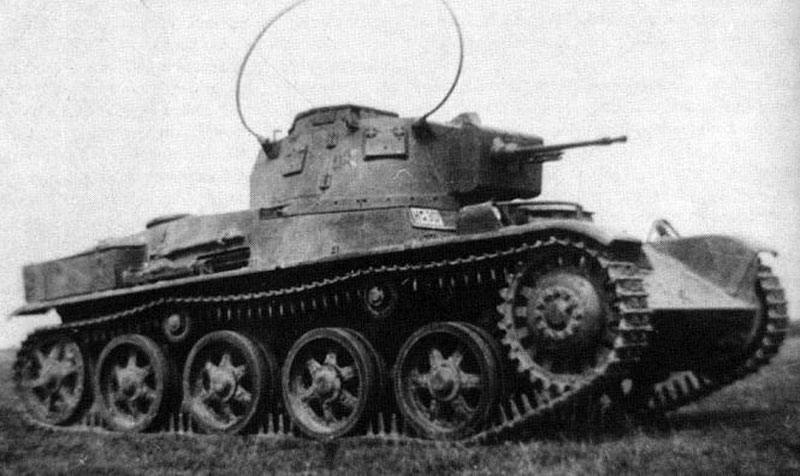
They would first see service in the occupation of Northern Translyvania after the 2nd Vienna Award, but their first real combat was in the invasion of Yugoslavia. Barbarossa would indicate that they had serious deficiencies in both armament and armour when facing the Red Army and it was clear that a 9 ton light tank was simply outclassed.
The Germans could take their roughly equivalent Panzer IIs against nominally superior Soviet Tanks with the assistance of experience, training and the support of heavy anti-tank guns. However they did not do this out of choice and the Hungarian crews did not share their advantages.
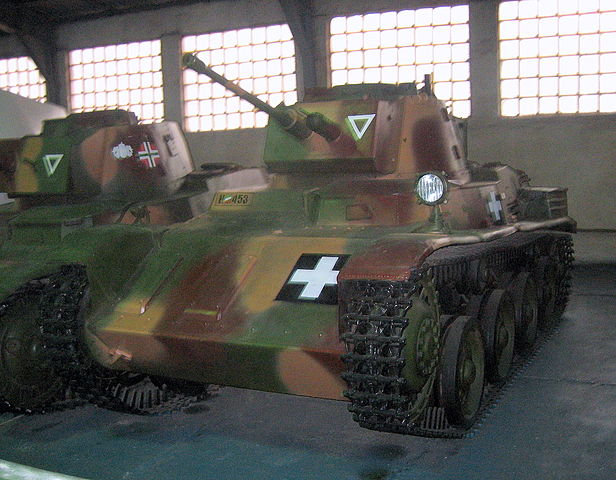
However no replacement was immediately available, so the Toldi III replaced the 20mm with a 40mm and thickened the armour. Only a few could be built, so some of the IIs were refitted with the 40mm as the IIa. This however stretched into 1943 - at which point the pace of armour development was being set by the Tiger and Panther compared to which the Toldi III was an inoffensive kitten
Nimrod
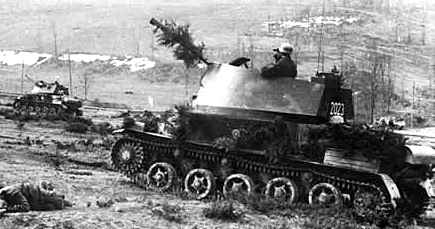
The Swedes had developed the L-60 into an anti-air version, the Luftvärnskanonvagn L-62, for Finnish use. The Hungarians would build 135 of their own version as the Nimrod, considering this attractive as compatible with the Toldi. Mounting the ubiquitous 40mm Bofors gun the Hungarians wished to employ it primarily as a tank destroyer. As the initial order was placed in October 1941 by which point the T-34 and KV-1 were well known this decision can be most charitably described as optimistic - or perhaps desperate.
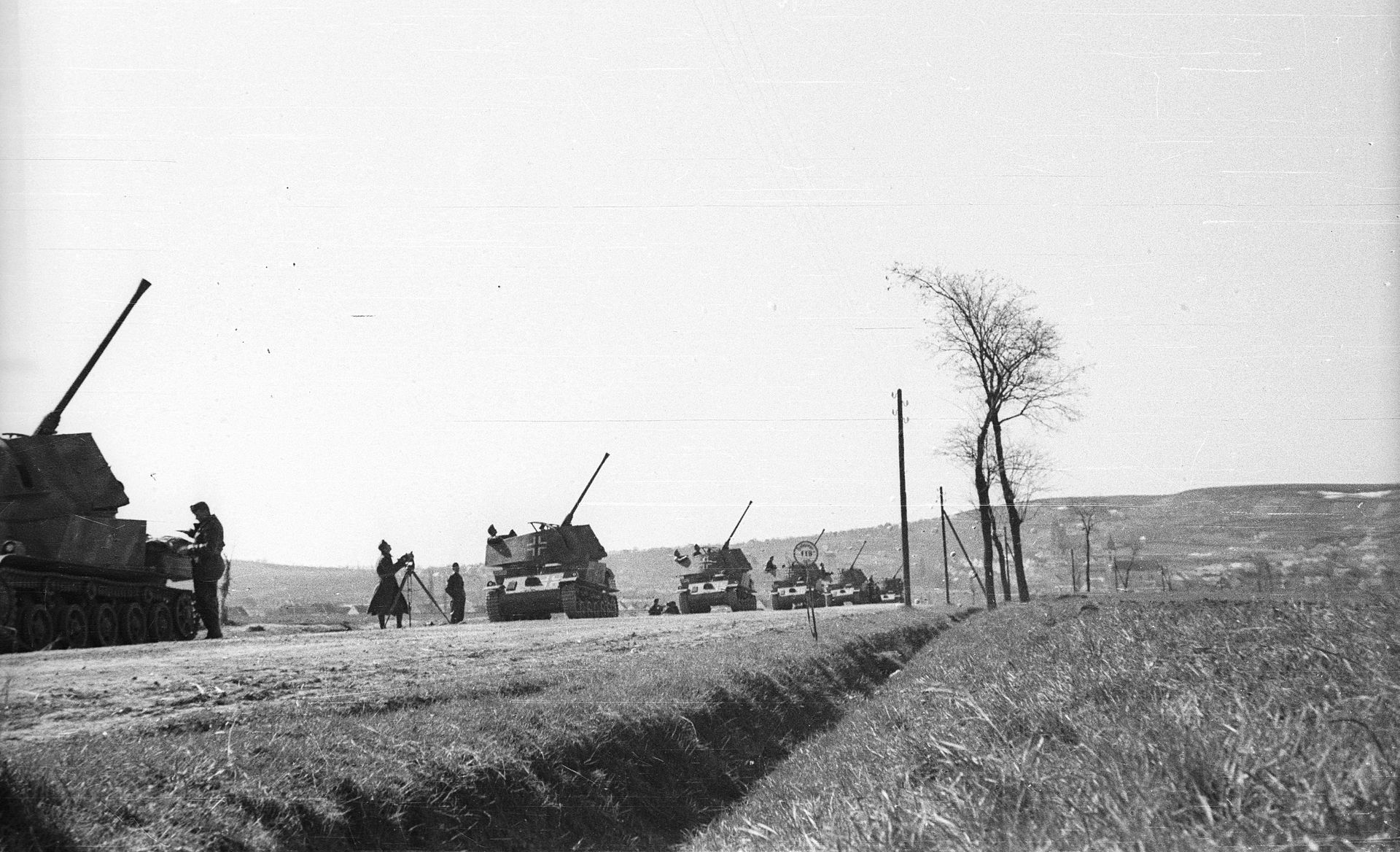
Turan
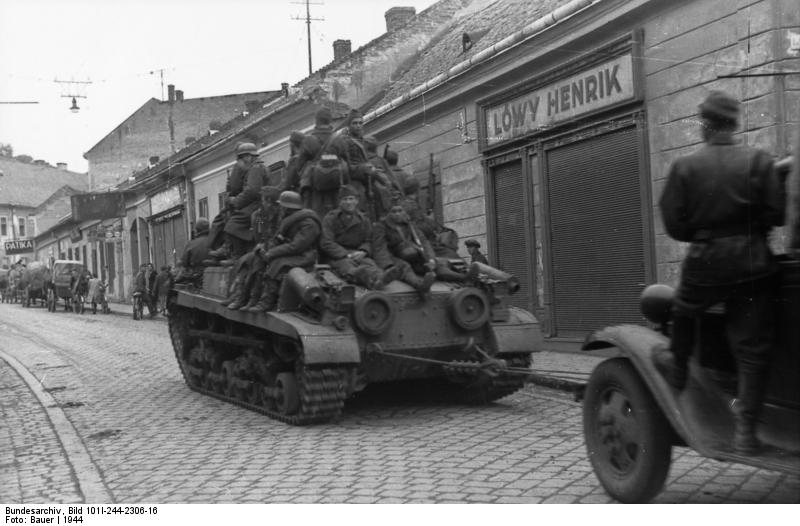
Production of the Honved's first true medium tank did not begin until August 1941. The Turan I mounted the same 40mm gun as the Nimrod, whilst the Turan II mounted a short barrelled 75mm. The initial intention was to deploy them side by side as the Germans had originally used the Panzer III and IV; the one fighting tanks, the other providing fire support. However the 285 Turan Is were obsolescent when built, and the 139 Mark II did not start deliveries until May 1943.
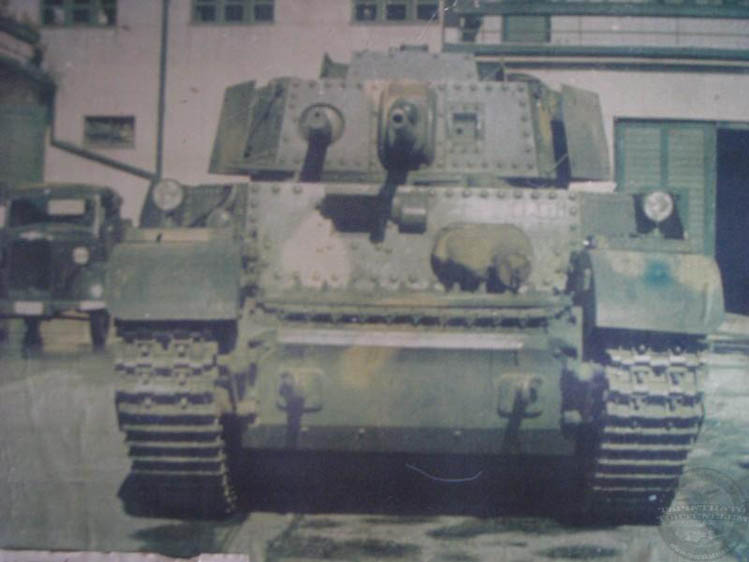
The Turan III finally mounted a long 75mm gun as on late Panzer IVs and boosted armour, however the deteriorating war situation and Operation Margarethe meant that production was never started.
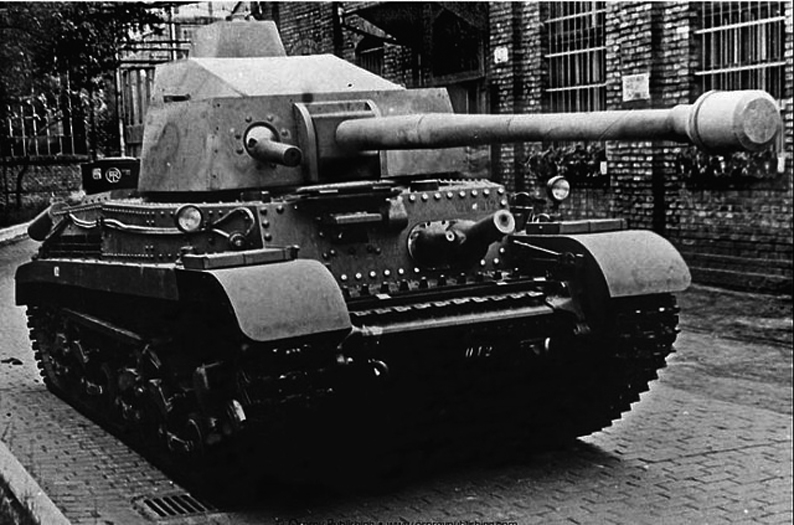
Zrinyi
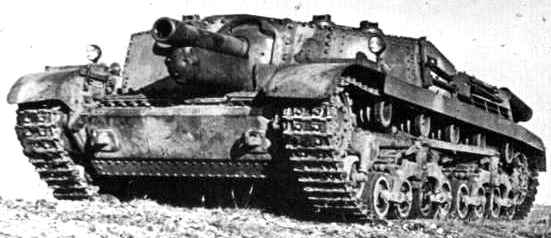
Recognising that the Turan I and II were already outclassed, the Honved resolved to use the chassis to create their own STUG equivalent. The Zrinyi I Tank Destroyer mounted the same long 75mm as the Turan III but was never to enter service, whilst the Zrinyi II Assault Gun would mount a 105mm Howitzer with around 50 making it into service in 1943/44
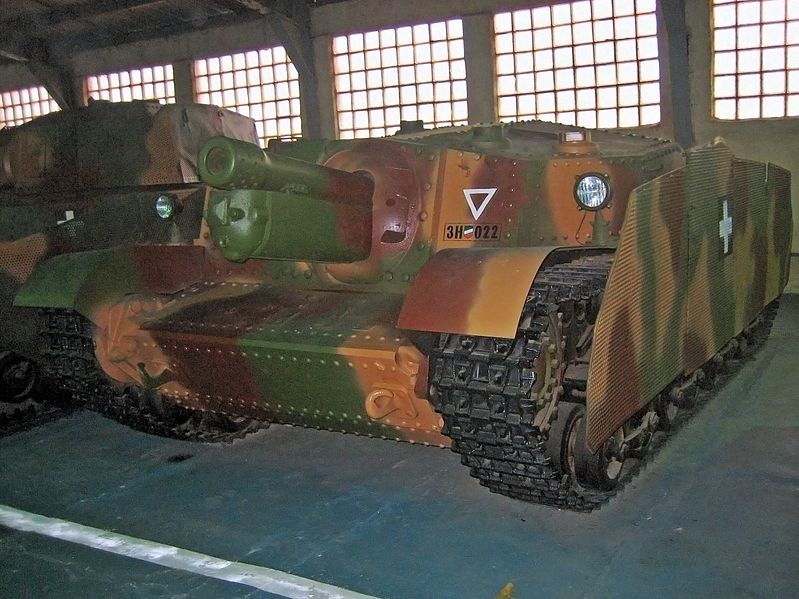
Integration into the Game:
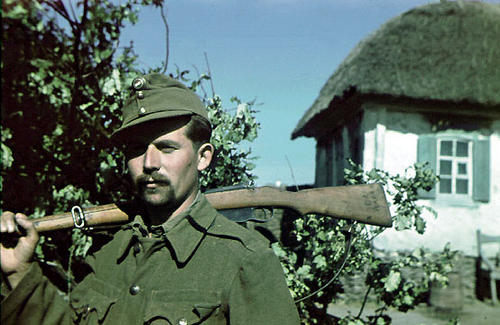
The Honved does not merit a full faction by itself, and in addition much of their fighting was intermixed with the Ostheer. However the standard five slots of a Commander is not really enough to do them justice and include all their unique armour units. Instead I would propose the concept of a "Nation", which is an intermediate status between Faction and Commander. Nations otherwise work as commanders and can be selected in the same way in game, however in addition to 5 Commander abilities they also replace some of the Core Units with unique ones. The player will have a mix of standard and national units, reflecting the fact that the army in question was closely linked to and fought alongside the core faction.
For the Honved I am accordingly treating them as variant Nation of the Ostheer and when I do Finland I intend to treat them in a similar way.
Tech Structure:
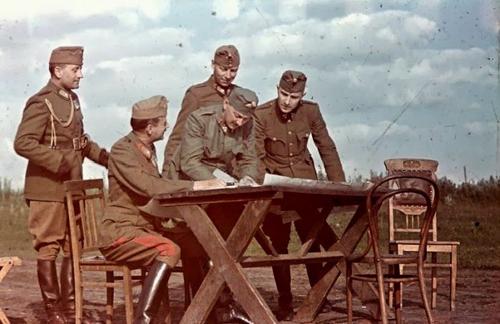
T0Pioneers
T1
Gren
MG42
Mortar
Sniper
T2
PGren
Pak
222 - Replace with Csaba
251
BP3:
Unlocks Toldi Upgrade to Mark IIa
T3:
Stug
Ostwind - Replace with Nimrod
PIV - Replace with Turan 1
BP4:
Unlocks Turan upgrade to Mark II
Unlocks Turan upgrade to Mark III
T4:
Brummbar - Replace with 105mm Zrinyi
Panther - (but only one at a time)
Panzerwerfer
Commander:
Commander:
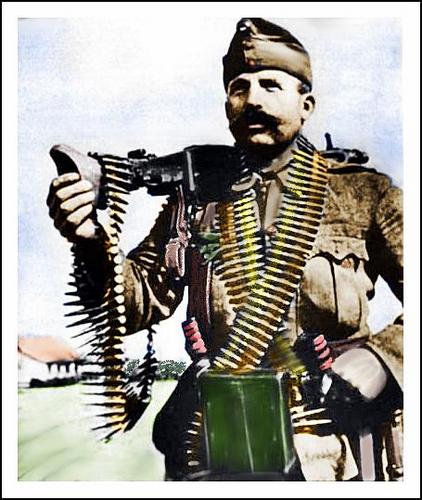
2CP Panzer Tactician
6CP Toldi I
8CP Command Tank
8CP Light Artillery Barrage
11CP Tiger - but one at a time only
Unit descriptions:
Unit descriptions:
Casaba
- 222 equivalent but slower and better armoured.
- May upgrade with a Pintle MG
Toldi I
- Luchs equivalent but not quite as good or durable
- May upgrade armour and gun to 40mm once BP3 is unlocked
Nimrod
- Ostwind equivalent with better AT punch and lighter armour
Turan I
- Replaces Panzer IV. Cheaper, less armoured and with only 40mm gun
- May upgrade to Turan II standard once BP4 unlocked
- May upgrade to Turan III standard once BP4 built.
- Any Turan variant should be cheaper and less armoured than the P-IV equivalent
Zrinyi
- Replaces Brummbar
- Roughly in-between a STUG-E and Brummbar
- Given the factions lack of Panther this may require higher range than either.
Notes:
Notes:
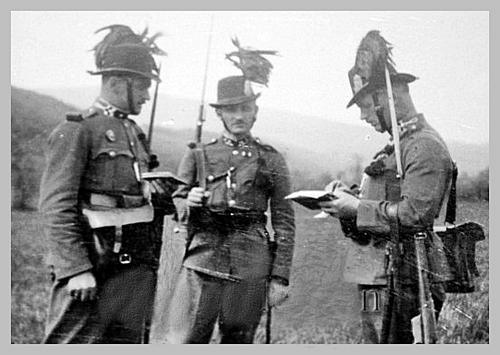
The Germans did supply a small number of Tigers and Panthers - which is one reason why they are limited to 1 at a time, as well as some Command Panzer IVs. This also serves to force the use of their unique armour . The Toldi is here priced as a 6CP call in, same level as the STUG-E and Puma. Panzer Tactician is designed to keep fragile Hungarian armour alive. Light Artilery Barrage is the sole off-map strike as nothing heavier seemed an appropriate reflection of the Honved's relative lack of artillery
The structure of the Hungarian tanks and their upgrade tree is designed to give players the option to get Toldis and/or Turans early and upgrade them with Fuel and MP expenditure as they tech so that they, and their veteran crews, remain relevant in the later game.
Whilst the Turan III never made it into production, it is available here as it would have been available in 1944-45 had the occupation not happened
Conclusion
We hope you enjoyed this episode of Forgotten Nations. We hope to do more like it soon.











 cblanco ★
cblanco ★  보드카 중대
보드카 중대  VonManteuffel
VonManteuffel  Heartless Jäger
Heartless Jäger 